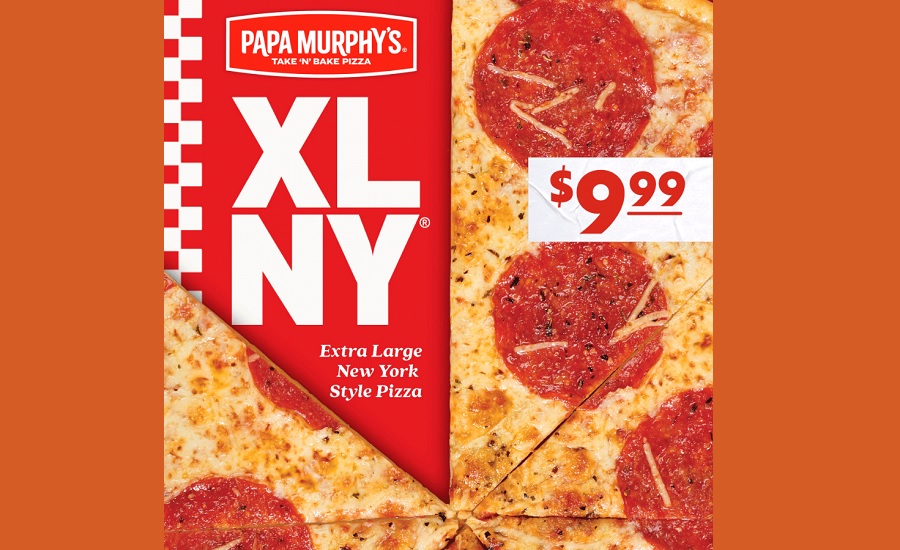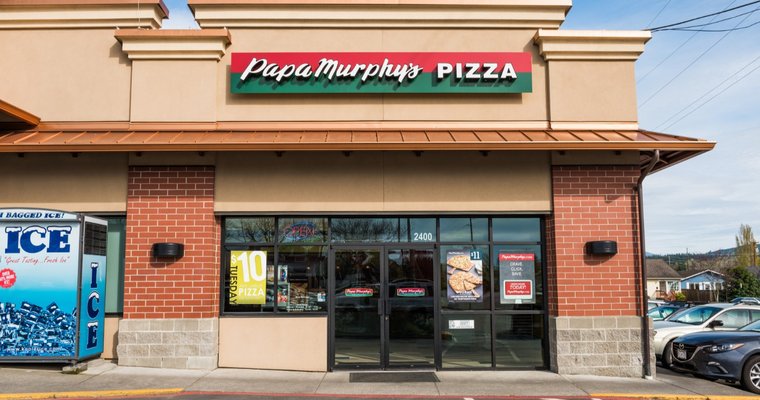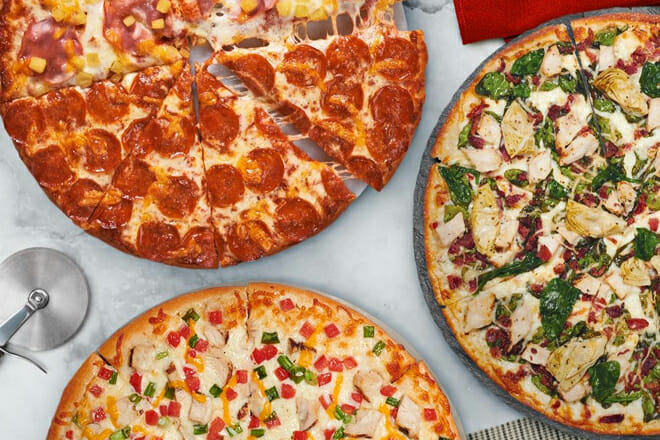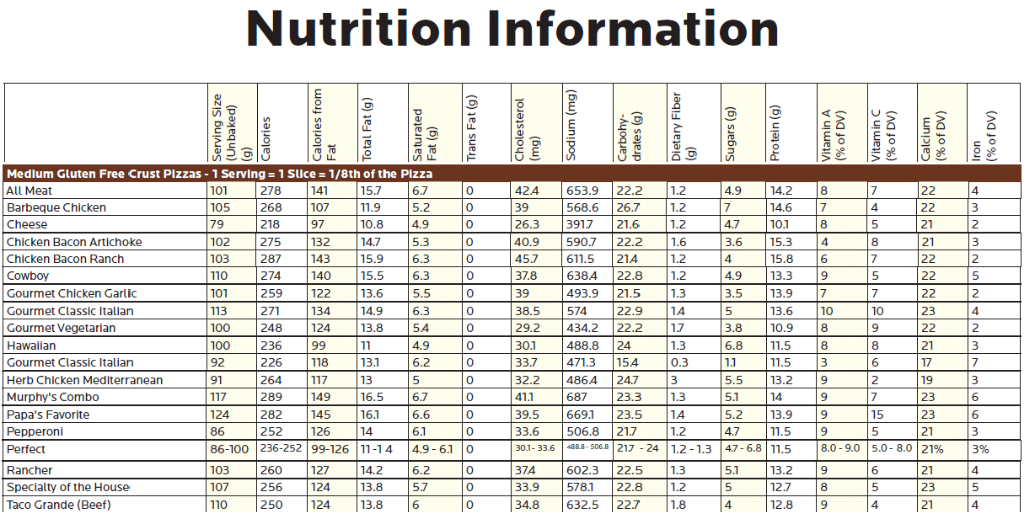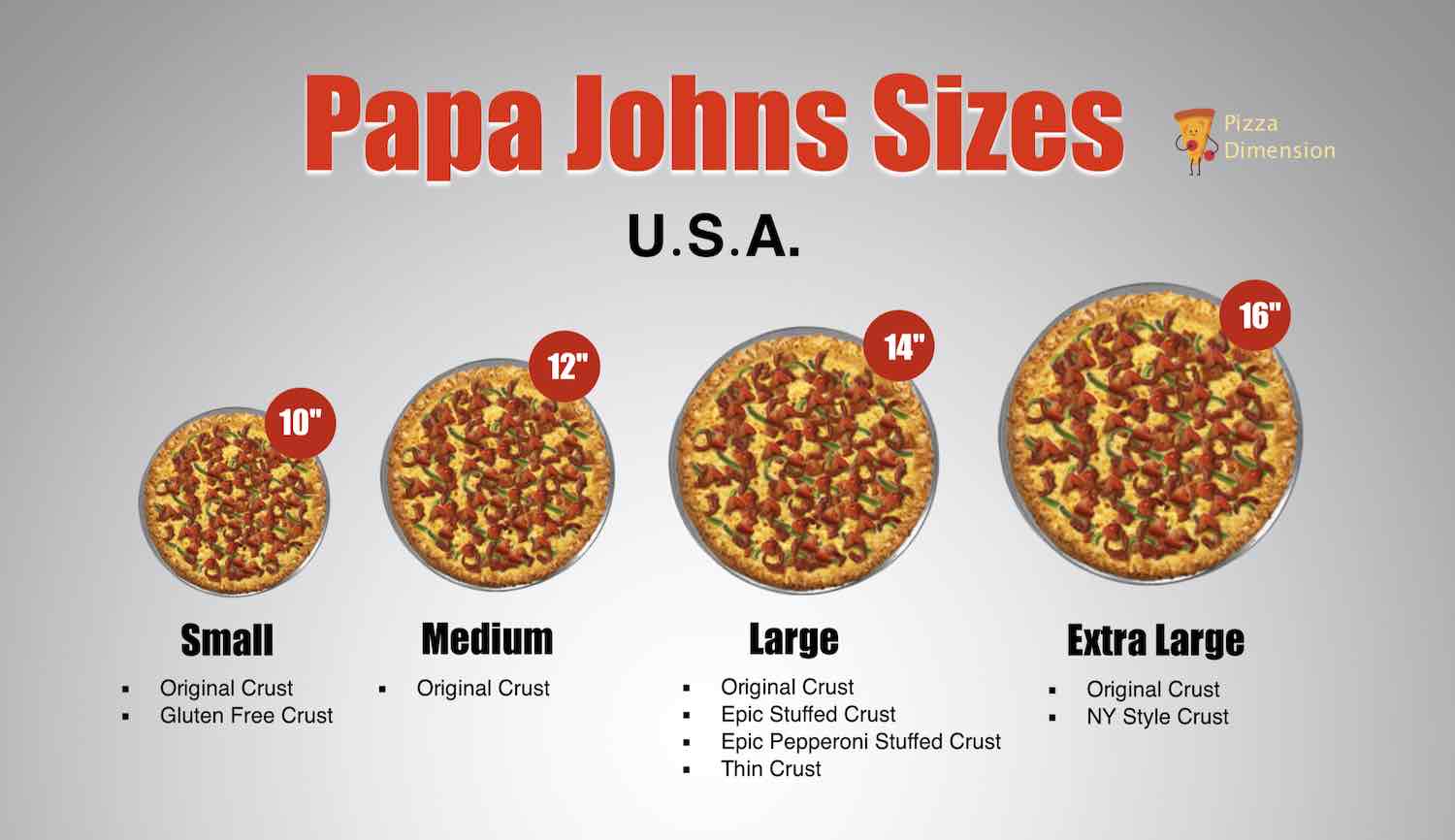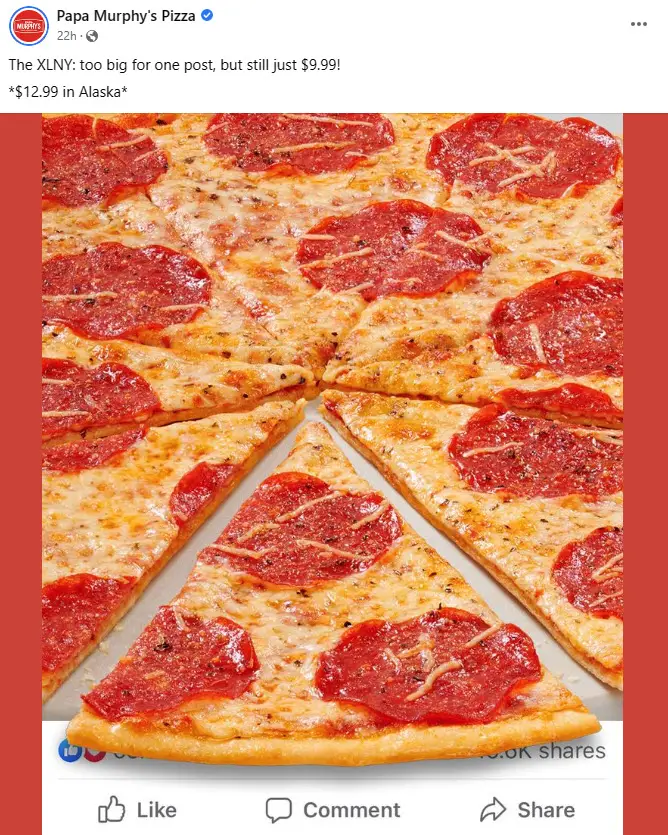Papa Murphy's Xlny Vs Family Size
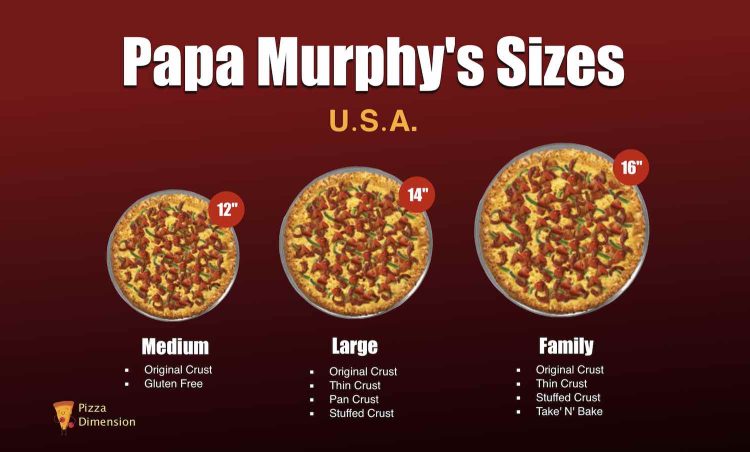
The aroma of fresh pizza, a staple of family dinners and casual gatherings, often leads to the crucial question: How much pizza do we need? For Papa Murphy's customers, this question frequently boils down to a choice between two popular sizes: the XLNY and the Family Size. But the subtle differences between these seemingly similar options have sparked debate and confusion, leaving many wondering if they're truly getting the best value and satisfying their pizza cravings effectively.
This article delves into the often-murky comparison of Papa Murphy's XLNY and Family Size pizzas. We will explore the precise dimensions, ingredient quantities, pricing structures, and customer perceptions of each size. The goal is to provide a clear, data-driven analysis to help consumers make informed decisions, ensuring their pizza night is both delicious and economical.
Size and Dimensions: The Numbers Game
At first glance, differentiating between the XLNY and Family Size pizzas can be tricky. Papa Murphy's officially describes the XLNY as a 16-inch pizza, while the Family Size is generally understood to be a 14-inch offering. These two inches may seem minor, but the difference in total surface area can be substantial.
The area of a circle (the pizza) is calculated using the formula πr², where r is the radius (half the diameter). Therefore, the XLNY (16-inch diameter, 8-inch radius) has an area of approximately 201 square inches. The Family Size (14-inch diameter, 7-inch radius) comes in at roughly 154 square inches.
This calculation reveals that the XLNY provides approximately 30% more pizza surface area than the Family Size. This seemingly small increase has a significant impact on the amount of pizza available per slice and the overall perceived value.
Ingredient Quantities: Toppings and Cheese
Beyond the overall size, the distribution of ingredients plays a critical role in the pizza experience. Papa Murphy's, in their official training materials (often accessible through franchise resources), outlines specific topping weight guidelines for each pizza size. While exact numbers are proprietary and vary depending on the specific pizza type, the general principle remains consistent: the XLNY receives proportionally more toppings than the Family Size.
Independent pizza reviewers and food bloggers often conduct informal comparisons of ingredient quantities. These assessments consistently suggest that the XLNY provides a noticeably greater density of toppings per slice. This difference is particularly apparent with higher-cost ingredients like pepperoni, sausage, and specialty cheeses.
Customer feedback further reinforces this observation. Many online reviews mention feeling that the XLNY offers a more satisfying and flavorful pizza due to the increased ingredient load. However, taste is subjective, and some prefer a more balanced ratio of crust to toppings, which the Family Size might provide for some palates.
Pricing Structures: Value for Money
The price difference between the XLNY and Family Size pizzas varies depending on location, promotions, and specific pizza choices. Papa Murphy's franchise owners have pricing autonomy, which means prices can fluctuate considerably even within the same metropolitan area.
However, a general trend shows the XLNY typically costs between $2 to $4 more than the Family Size. To determine which size offers the best value, customers need to consider the price per square inch.
Based on the area calculations, and assuming a hypothetical price difference of $3, a customer can estimate the price per square inch for both sizes. This comparison often reveals that the XLNY, despite its higher price tag, offers a slightly better value due to the significantly larger portion of pizza.
Customer Perceptions and Reviews
Online forums and review platforms offer a wealth of anecdotal evidence regarding customer preferences. Many customers who routinely purchase from Papa Murphy's express a clear preference for the XLNY. They cite its larger size and greater topping density as key factors influencing their decision.
However, other customers argue that the Family Size is sufficient for smaller families or those with lighter appetites. They also point out that the Family Size pizza is easier to manage and bake in smaller ovens.
Some customers also express concerns about the potential for food waste with the larger XLNY pizza. They prefer to opt for the smaller Family Size to avoid leftovers, particularly if they are unsure about reheating pizza effectively.
Expert Opinions: Industry Insights
Pizza industry analysts often emphasize the importance of understanding customer needs and preferences when designing product offerings. Papa Murphy's decision to offer both the XLNY and Family Size reflects a strategic approach to cater to a diverse customer base.
These analysts note that the perceived value of a pizza extends beyond its physical size and ingredient quantity. Factors such as brand loyalty, promotional offers, and the overall dining experience also play a significant role in shaping customer satisfaction.
Furthermore, industry experts highlight the growing trend towards customization and personalization in the pizza market. Papa Murphy's unique "take 'n' bake" model allows customers to tailor their pizzas to their specific preferences, further enhancing the perceived value of their purchase.
The Future of Pizza Sizes
As consumer preferences continue to evolve, Papa Murphy's may consider further refining its size offerings. Exploring new shapes, crust variations, and topping combinations could provide opportunities to differentiate its products and appeal to a wider range of customers.
Additionally, the company could invest in enhanced marketing efforts to clearly communicate the differences between the XLNY and Family Size pizzas. Providing detailed nutritional information and ingredient breakdowns could empower customers to make more informed decisions.
Ultimately, the choice between the Papa Murphy's XLNY and Family Size pizza remains a personal one. By carefully considering the size, ingredient quantities, pricing, and customer reviews, consumers can ensure they select the option that best meets their individual needs and preferences. Ensuring a satisfying and enjoyable pizza experience for all.
